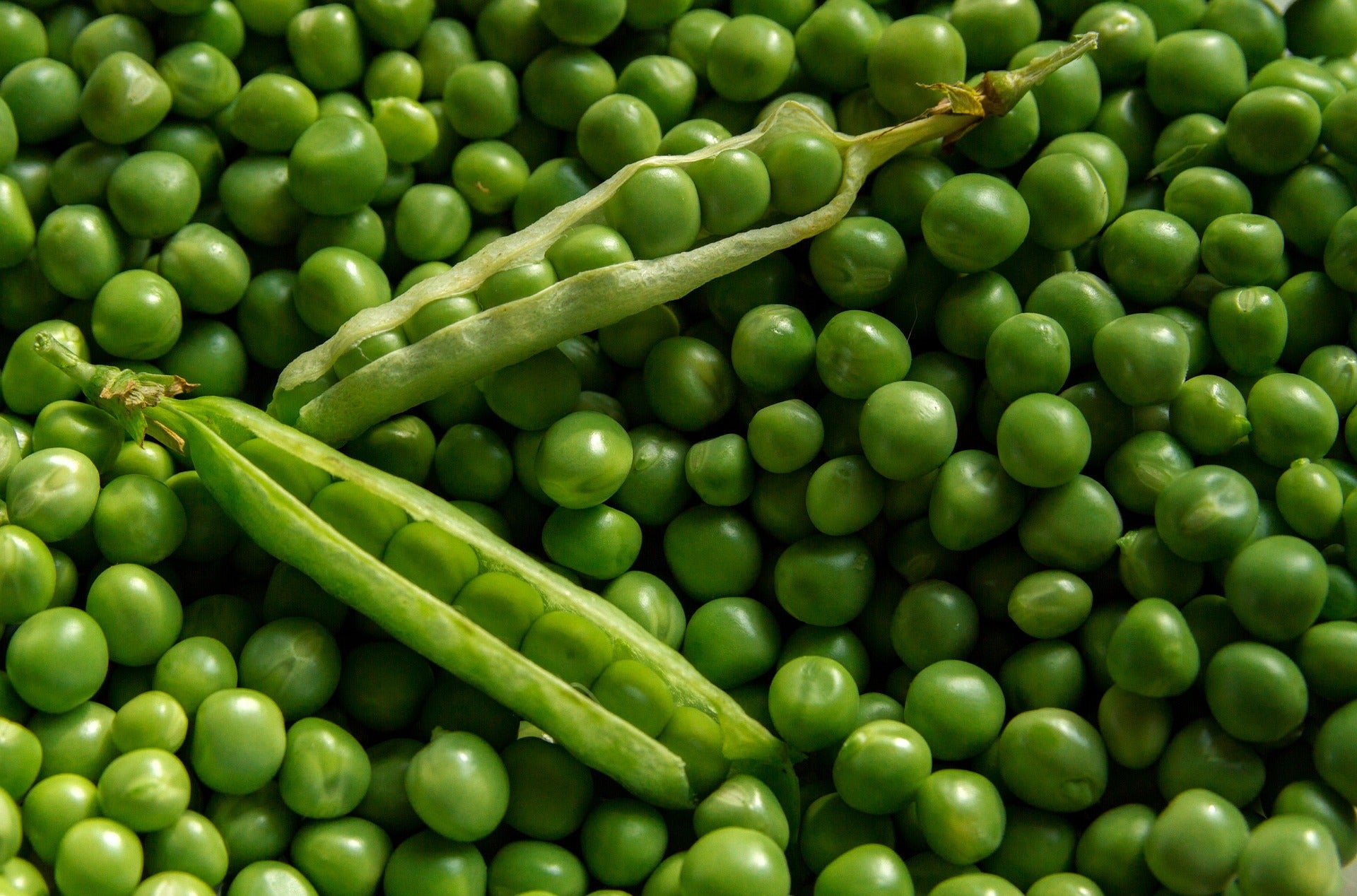Pass the peas please
Published 6:00 am Wednesday, June 20, 2018

- pixabay.com
By ALETHEA PRICE
The Kitchen Agent
Of all the vegetables I tried to avoid as a kid, peas were at the top of my list. They were unpleasant due to their mushy texture and flavorless, overcooked, chase-them-around-the-plate-with-a-fork, illusive personality.
Rolling around my plate, hiding behind the meatloaf, only to get stuck in my mashed potatoes — the two should never touch — I despised peas. Notice I used the past tense to describe my feelings for this springy vegetable. Growing up and learning the proper way to prepare peas helped me appreciate their sweet delicious flavor. Oh, and they’re good for you, so there’s that added bonus.
Did you know that green garden peas are a valuable source of protein, iron and insoluble fiber? Insoluble fiber helps to reduce cholesterol, which reduces your risk of heart disease and stroke. Sugar snap peas and the like contain much less protein, but they are an excellent source of iron and vitamin C that work to keep your immune system functioning properly.
So, when you’re looking into what peas to pick, think of what you’re going to use them for. There are two common varieties of peas — some that need to be shelled and some that have edible shells. Snow peas, sugar snap peas, Chinese pea pods and many others fall into the category of edible shell varieties; the entire pod is eaten, cooked or raw. Try tossing them into your favorite stir fry recipe or steam them for a fresh side dish.
Green garden peas are legumes just like dried peas, except they are eaten at the immature stage. They are a cool weather, early spring crop. Harvest edible-pod peas when they are flat. The smaller pods are sweeter and more tender. Use them for eating raw and cook the larger ones
The shelled peas should be plump but not large. The plumpest peas should be gathered before the pod starts to wrinkle on the stem. Old peas have a starchy or mealy taste.
Fresh peas keep for 2 to 3 days in the refrigerator. The sugar in them quickly begins to turn to starch even while under refrigeration. As much as 40 percent of the sugar is converted in a few hours. Store unwashed peas in perforated plastic bags for a few days. Be sure to eat them sooner rather than later for best quality.
Wash garden peas just before shelling.
To shell, pinch off the ends, pull the string down on the inside of the pod and pop the peas out. This is a great opportunity to get kids in the kitchen. All ages of kids can handle shelling peas. Wash edible pod peas and trim both ends. Remove the string from both sides of the pod. Cook briefly or serve raw. Steam, sauté or stir-fry quickly to retain the bright green color and vitamin C content. Vitamin C is easily destroyed by over-cooking. That’s why I recommend using cooking methods with a shorter cook time such as steaming or stir frying. Here are some easy steps for preparation:
• Raw: Although a bit starchy, fresh green peas can be eaten raw. They make a nice quick snack or an addition to any salad.
• Steam: In a saucepan, bring about 1 inch of water to a boil; place a steaming basket in the pan; slowly add peas to the steaming basket and cover with a lid; steam for about 2 minutes (if frozen, it may take a few minutes longer).
• Boil: Boil water in a saucepan (enough to cover the peas); add peas, lower heat to medium and cook for about 2 minutes.
• Microwave: Place shelled peas in a microwave-safe container with 2 tablespoons of water in the bottom; microwave on high in a covered container, checking every two minutes for doneness; add butter and salt to taste.
If you grow a lot of peas and need to preserve them, I’d suggest freezing. All you have to do is wash, shell and string the peas, then blanch them and package them in freezer safe containers.
Shelled peas need to be blanched for five minutes; peas in the edible pod need to be blanched for five minutes. After blanching, dunk peas into ice water to stop the cooking, drain and package in labeled freezer containers. Peas can be kept up to a year for best quality.
If you have questions or comments about the column, or if you’d like more information feel free to contact me by email at a.price@uky.edu.





